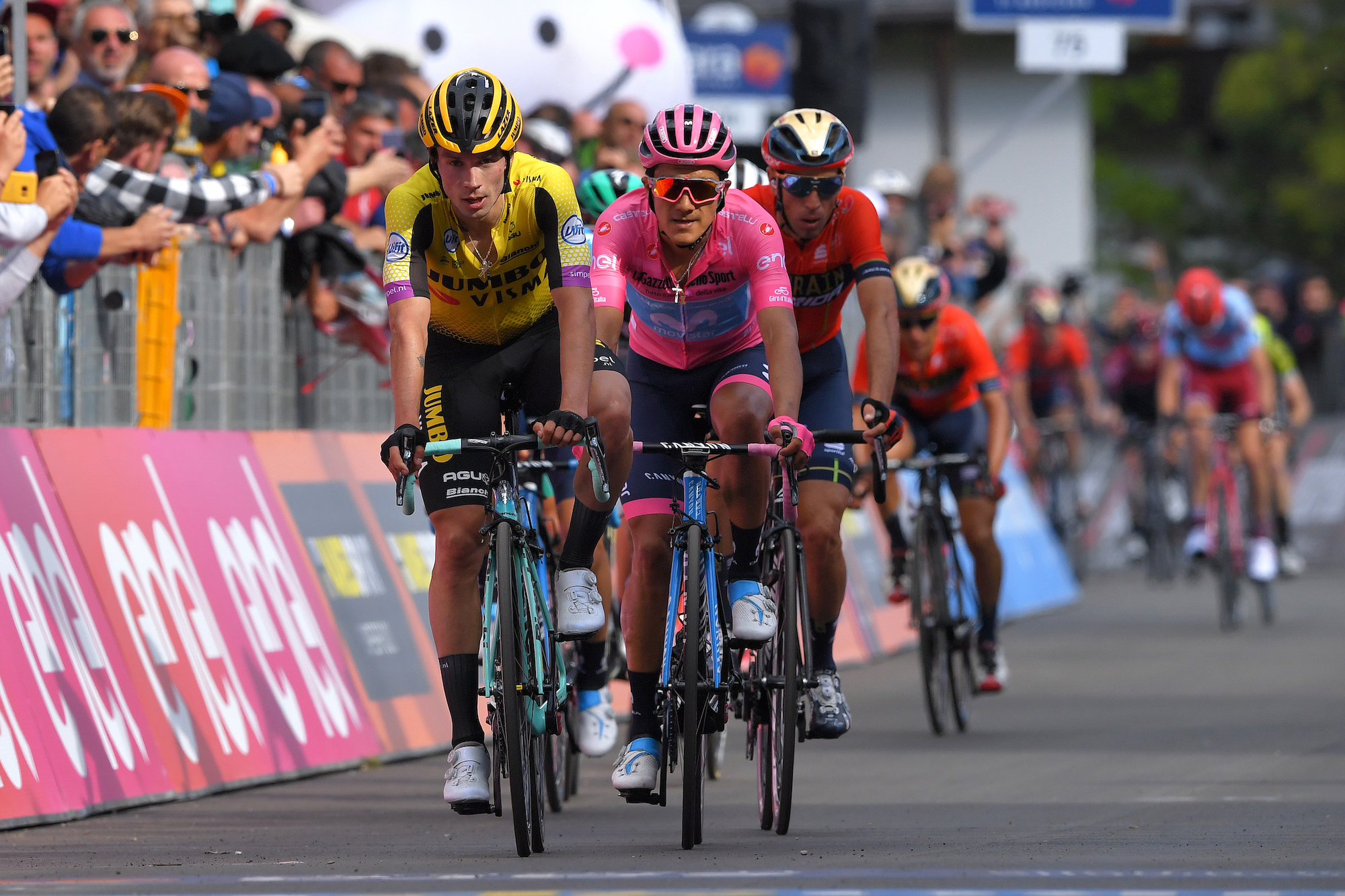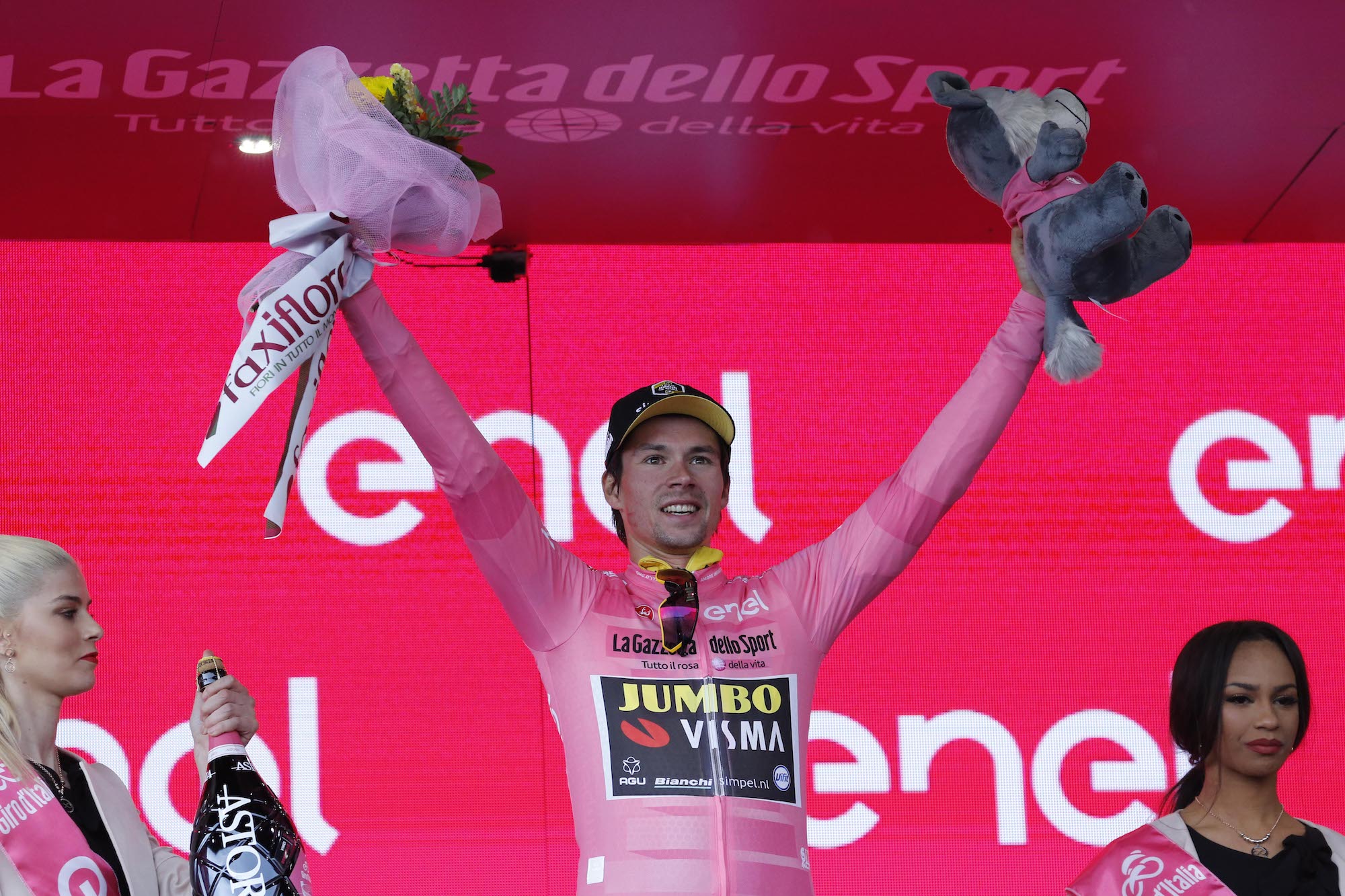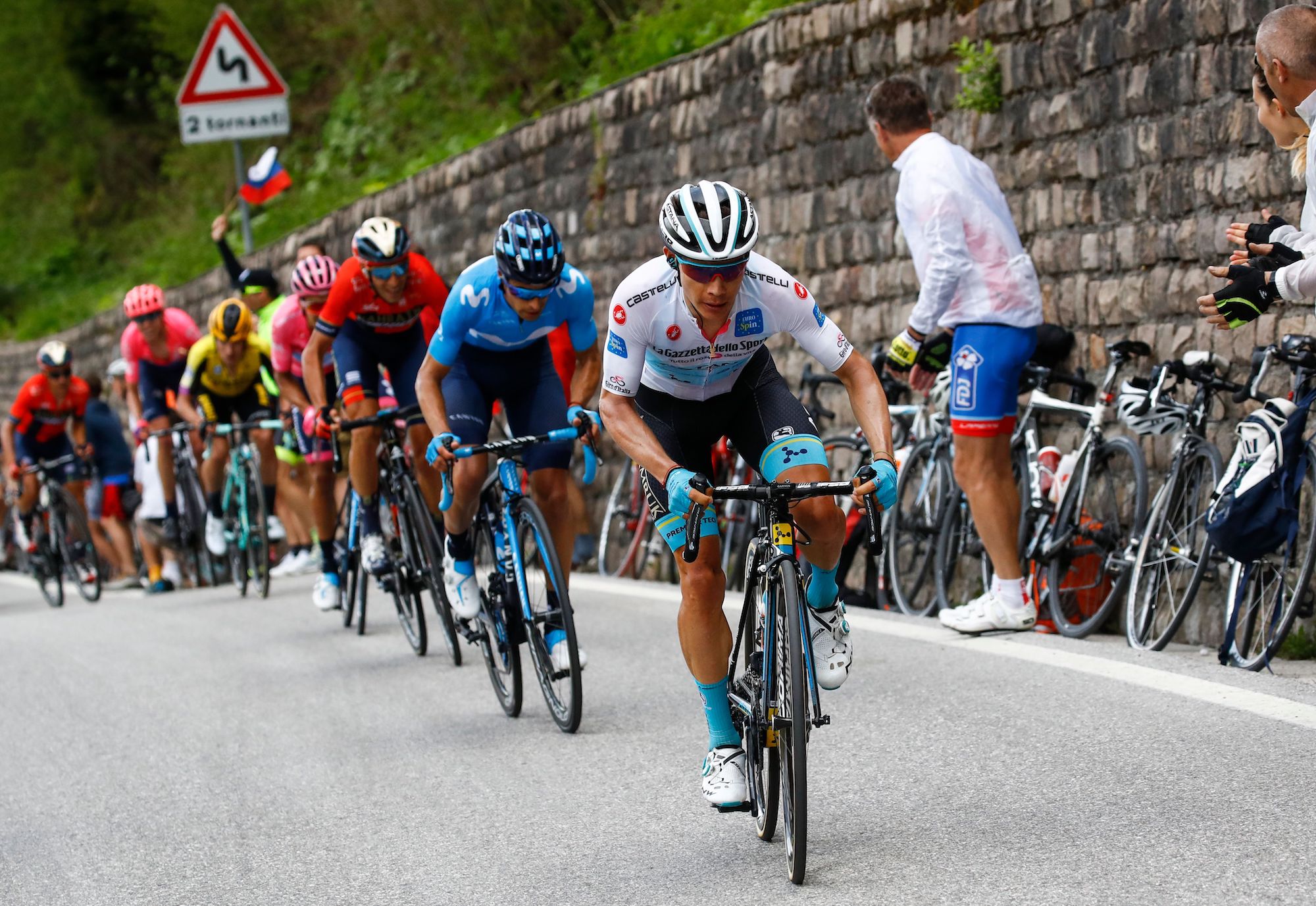Giro d'Italia 2020 route analysis: Which type of rider does the 103rd edition suit most?
A well balanced route for the 2020 Giro could open the race up to a variety of GC riders

At first glance, the 2020 Giro d’Italia should suit GC riders who favour time trials over those who are purer climbers.
When it was confirmed during Thursdays’s unveiling of the route for the 103rd Giro that the race will feature a total of three individual time trials, the same riders dismayed at last week’s Tour de France route announcement will have been delighted by the look of this.
>>> Chris Froome back on the bike to recce Tokyo 2020 Olympics course
That includes the Jumbo-Visma duo of 2017 winner Tom Dumoulin and last year’s podium finisher Primož Roglič, two elite Grand Tour riders who based their success largely on their peerless rides against the clock.
With Dumoulin joining the team for next season, and initially signalling his intentions to target the Tour de France, it had been thought that there might be some tension between the two concerning who the team would back for the Tour - now, however, perhaps any potential fall-out will relate to which rider will get to lead the team at the Giro instead.

This route announcement may also persuade Geraint Thomas to follow through on the suggestion that he might return to the Giro for the first time since 2017. With his Ineos team-mates Chris Froome and Egan Bernal providing serious competition for leadership duties at the Tour, the Welshman had floated the idea that he might make the pink jersey his primary objective for 2020, and all the time trialing kilometres should play into his favour.
But just how much of an advantage would riders like Dumoulin, Roglič and Thomas have over climbing specialists?
Get The Leadout Newsletter
The latest race content, interviews, features, reviews and expert buying guides, direct to your inbox!
There’s certainly no sting in the tail in terms of terrain - unlike the time trial at the Tour, which climbs La Planche des Belles Filles, all three of these stages will be held on mostly flat roads.

They are also all, relatively speaking, quite long. At 33.7km in length, stage 14 alone amounts to nearly as much time trialing as the entire Tour de France route, while the 9.5km opening stage is too long to be categorised as a prologue, and the 16.km final stage will ensure that only a substantial lead on the GC will prevent the overall race from going down to the wire.
Interestingly, the length and timing of the time trials bears close resemblance to last year’s route. Like this year, the race was bookended by two shorter efforts against the clock, and there was also a key longer ITT stage in the middle of the race, albeit during the second weekend of the race rather than the third.
Last year, Roglič absolutely dominated the opening two time trials, winning them both to build what at the time looked as though it might be an insurmountable lead of nearly two minutes over his nearest genuine rivals by the end of the first week.
However, that advantage eventually evaporated during the gruelling run of mountain stages the followed over the next two weeks. The final time trial still had an influence, with the Slovenian using it to leapfrog Mikel Landa from fourth to third, but by then Roglič had already lost too much time in the mountains to have any hope of winning pink.
Instead, it was Richard Carapaz - who could also potentially defend his title next year riding for new team Ineos - who triumphed, despite losing time in all three stages against the clock. For, as numerous as the time trialing kilometres were, they were counterbalanced by a number of very difficult mountain stages, where Roglič’s gains and Carapaz’s losses were all reversed.
Could something similar happen next year? The third week in particular features several very difficult climbs, and there are several awkward hilly/medium mountain stages in the first two weeks, including a summit finish atop Mount Etna on stage five.

Excluding Mount Etna, all the major mountain stages are contained in the final seven days in the race, and they certainly look tough. It’s not just the number and severity of the climbs, but also the length of the stages - all four of the final mountain stages are longer than 200km. To put this into perspective, remember how only one stage of the Tour de France next year exceeds this length.
The number of time trials alone isn’t what determines what kind of rider a Grand Tour suits - it’s how much time trialing there is in relation to the amount of climbing. And with so much serious climbing alongside its three time trials, the 2020 Giro looks set to be a well-balanced race that any type of GC rider could potentially triumph in.

Thank you for reading 20 articles this month* Join now for unlimited access
Enjoy your first month for just £1 / $1 / €1
*Read 5 free articles per month without a subscription

Join now for unlimited access
Try first month for just £1 / $1 / €1
Stephen Puddicombe is a freelance journalist for Cycling Weekly, who regularly contributes to our World Tour racing coverage with race reports, news stories, interviews and features. Outside of cycling, he also enjoys writing about film and TV - but you won't find much of that content embedded into his CW articles.
-
 UK government 'recognises concerns' but ignores calls for Tour de France to remain on free-to-air television
UK government 'recognises concerns' but ignores calls for Tour de France to remain on free-to-air televisionA petition which sought to change the way the Tour de France was categorised by the government in order to keep it free to watch from 2026 has been responded to
By Adam Becket
-
 Gear up for your best summer of riding – Balfe's Bikes has up to 54% off Bontrager shoes, helmets, lights and much more
Gear up for your best summer of riding – Balfe's Bikes has up to 54% off Bontrager shoes, helmets, lights and much moreSupported It's not just Bontrager, Balfe's has a huge selection of discounted kit from the best cycling brands including Trek, Specialized, Giant and Castelli all with big reductions
By Paul Brett